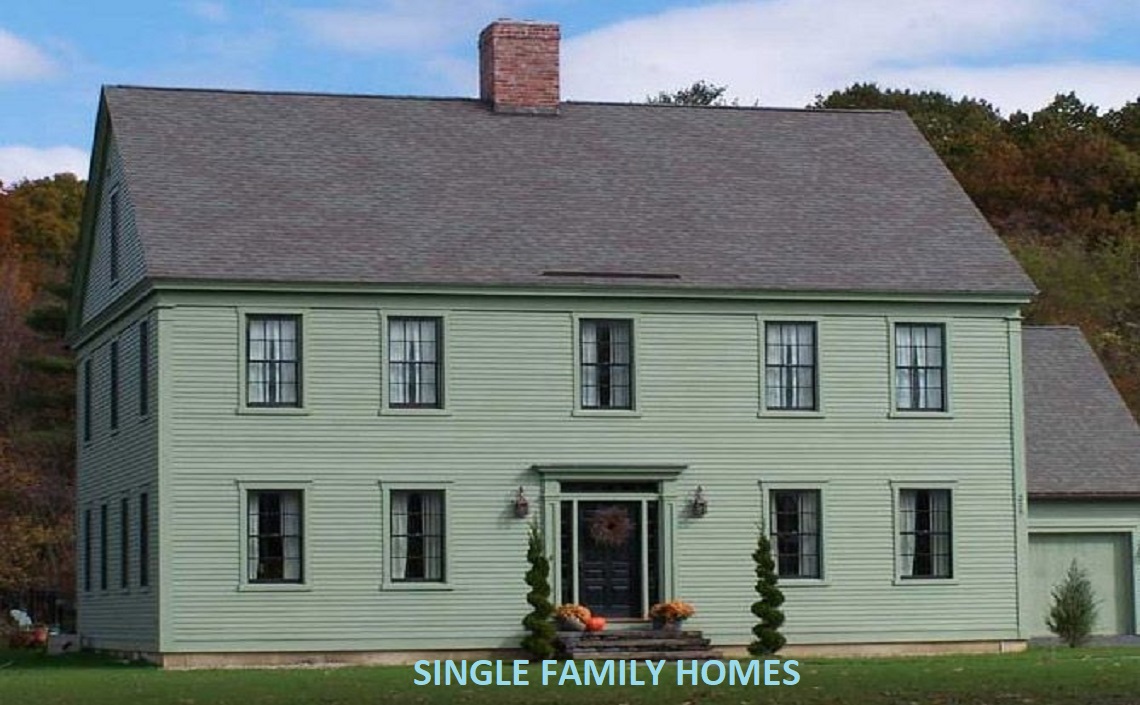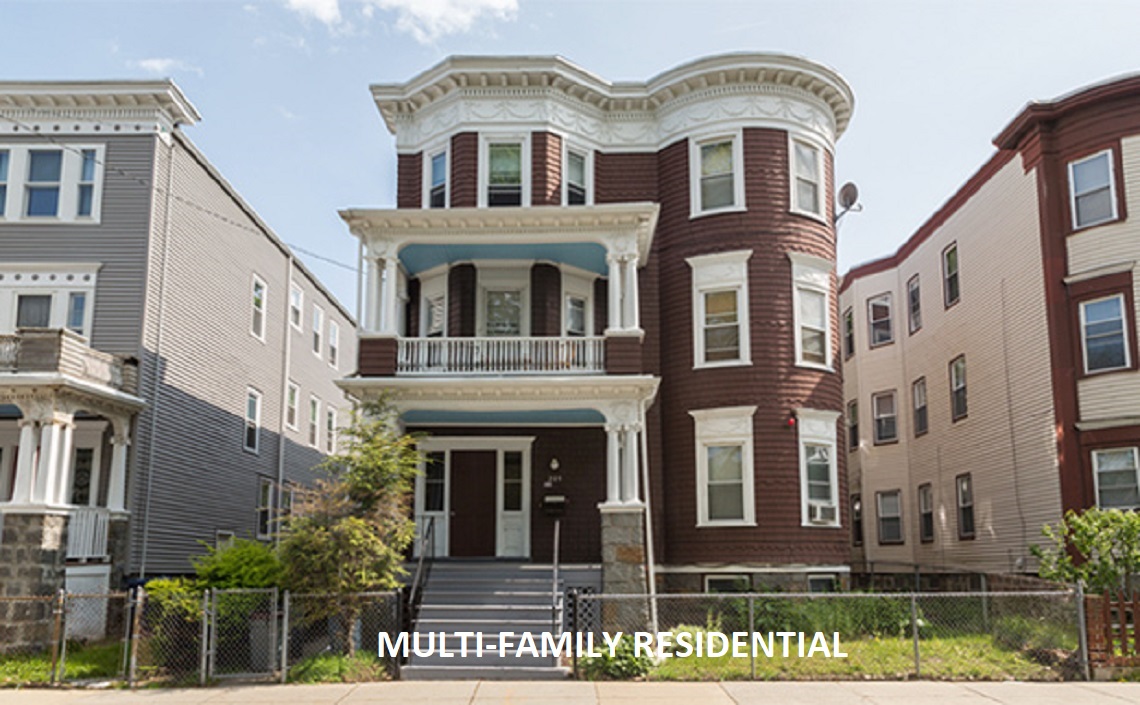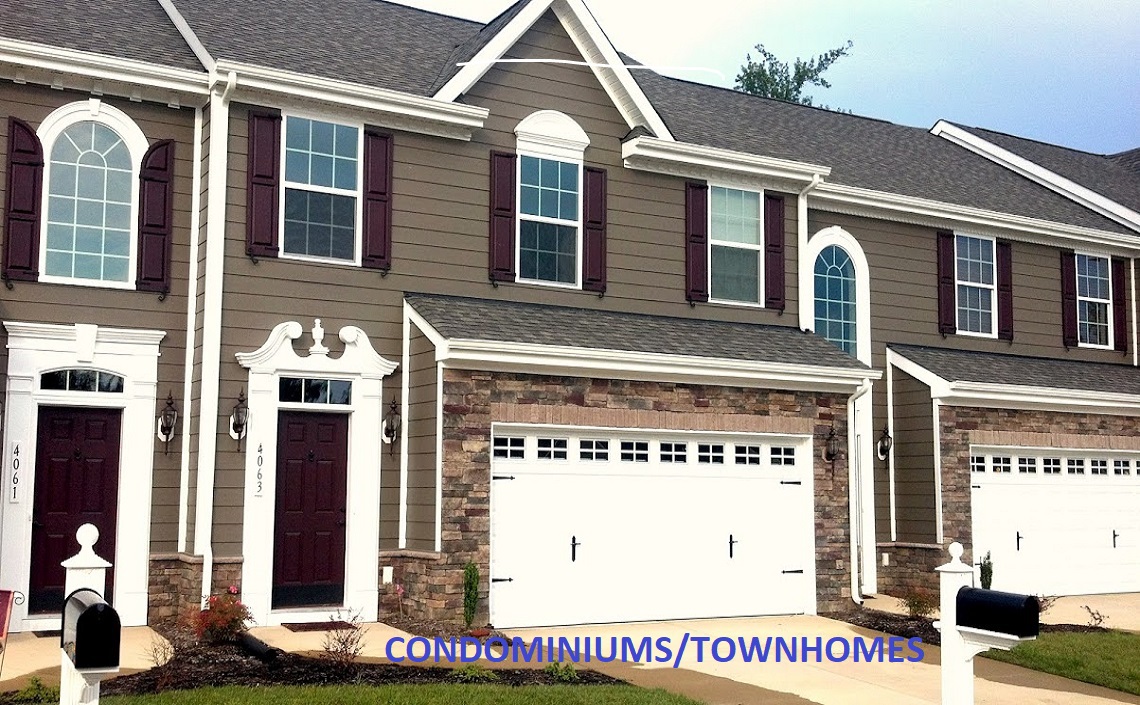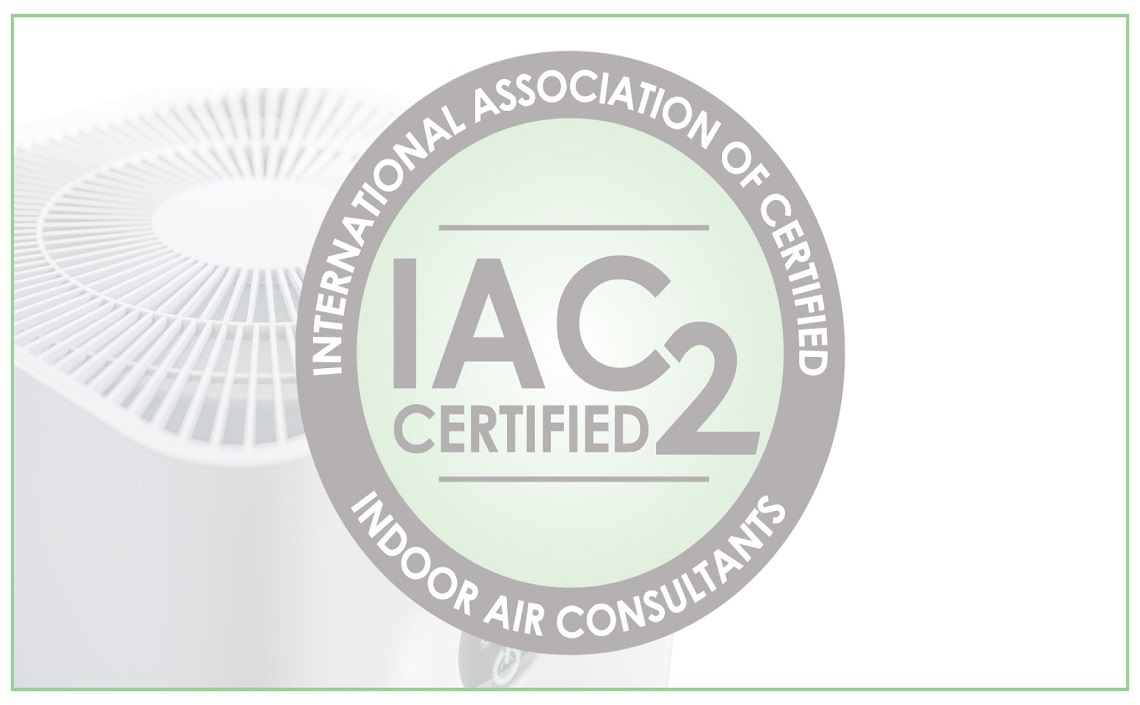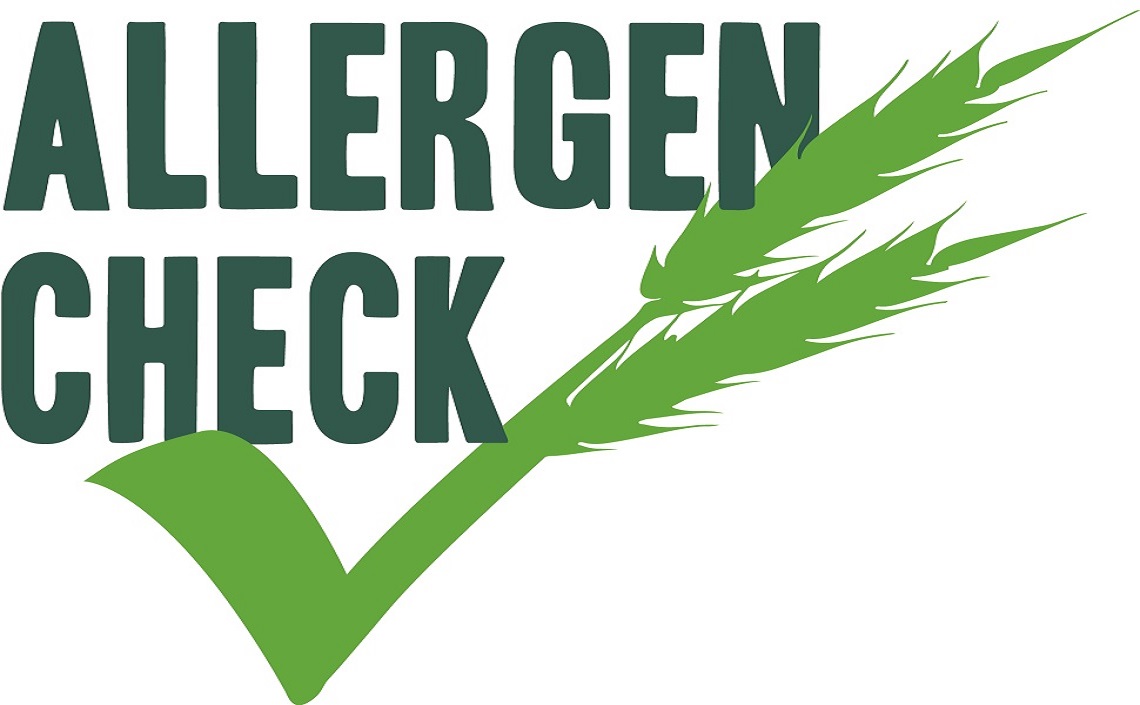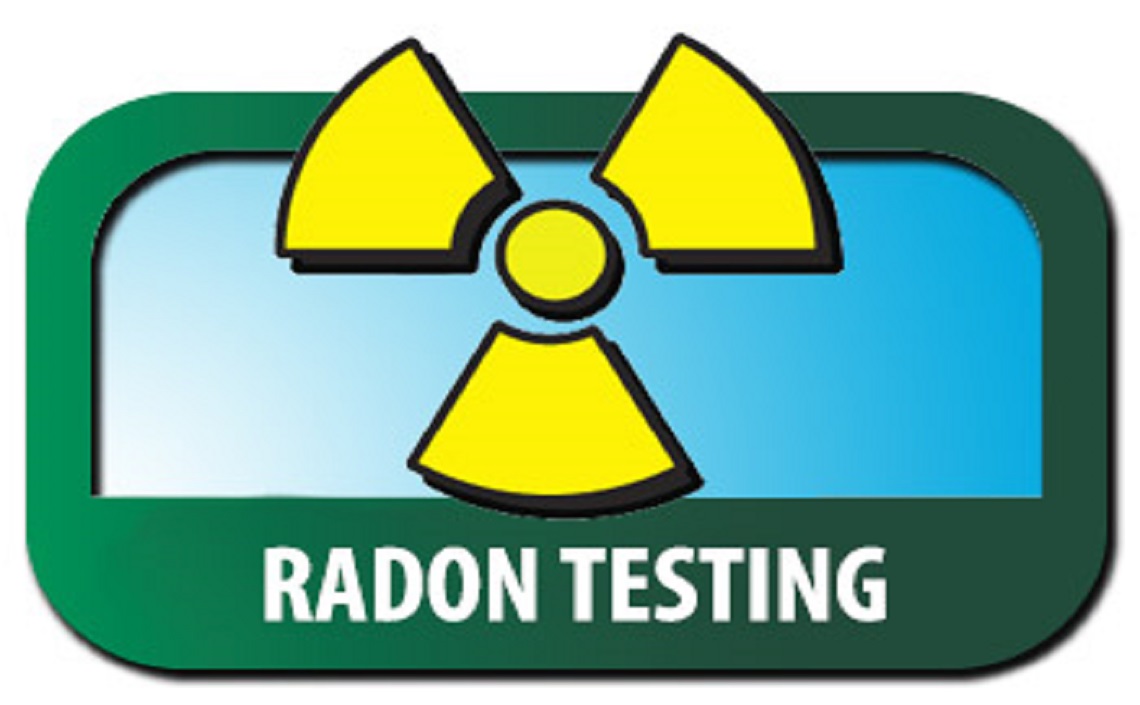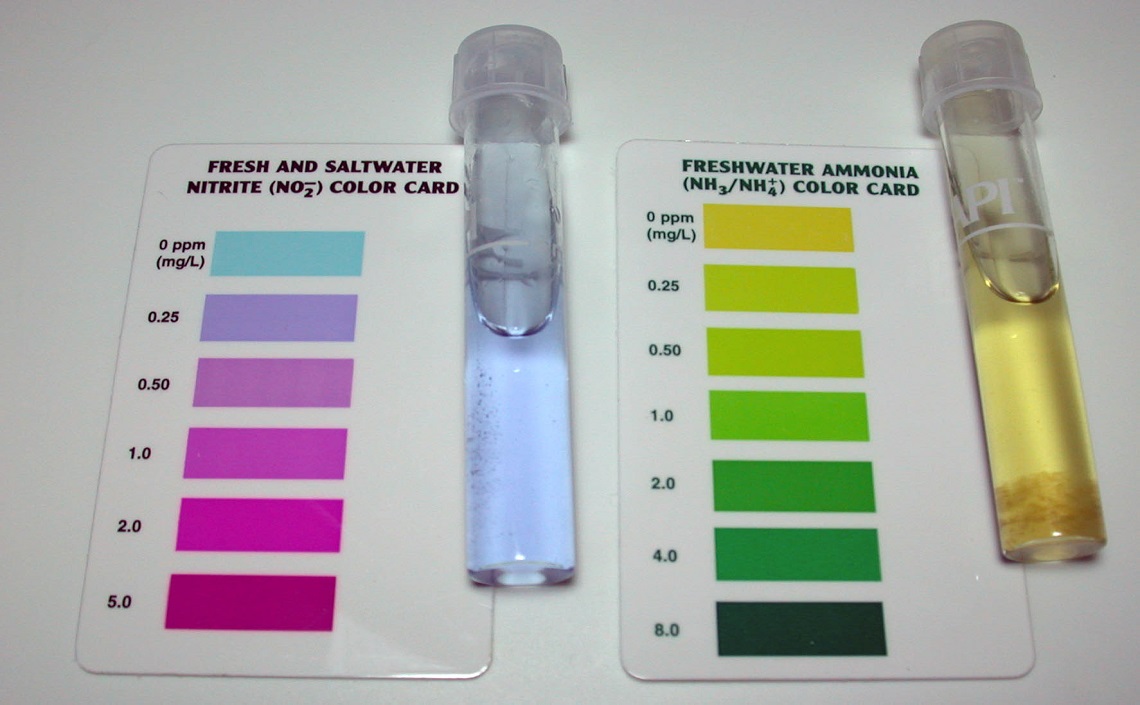I get asked this a lot, as all of a sudden it seems radon readings are higher than we are used to. I admit I could only refer everyone to the EPA website for a "non-answer".
But then I inspected a house in Brewster that was admittedly a fairly unique setup but none the less completely explained - visually - the answer.
Now this gets into 'my brain hurts' territory, but here goes
Its due to a principle caused the 'Stack Effect'. Everyone knows that hot air rises and that cool air sinks, thats why we insulate our attics to stop such a thing.


